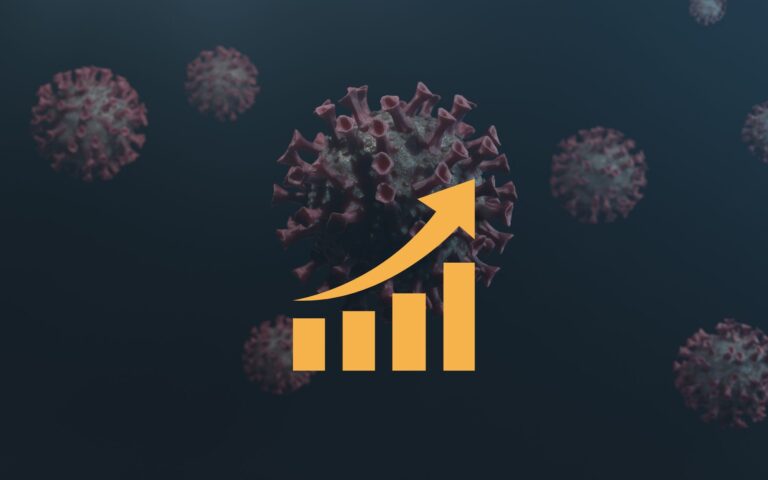Fish has long been touted as one of the healthiest foods you can eat, packed with nutrients that can protect your heart, brain, and even your unborn child. But recent reports from the Food and Agriculture Organization (FAO) and World Health Organization (WHO) have brought new insights into the risks and benefits of fish consumption, updating their last major review from 2010.
Here’s what you need to know about the potential health perks, but also the hidden dangers lurking in some of your favorite seafood.
The Big Benefits of Eating Fish
It’s not just folklore—fish consumption really can be a game-changer for your health. According to new findings, eating fish during pregnancy likely protects against risks like preterm birth and low birth weight. The heart-healthy reputation of fish holds up, too as researchers found probable benefits in reducing coronary heart disease and stroke risk. As if that’s not enough, evidence suggests that regular fish consumption could reduce your chances of developing cognitive conditions like dementia or Alzheimer’s disease.
But What About the Risks?
Despite all these upsides, fish can also harbor dangerous toxins, thanks to the environments in which they live. Dioxins and dioxin-like polychlorinated biphenyls (dl-PCBs) are persistent organic pollutants found in some fish, posing risks to reproductive health, thyroid function, and even potentially contributing to cancers and metabolic disorders like type 2 diabetes. Scientists also flagged methylmercury, another toxic substance that can harm your nervous system, cardiovascular health, and growth, especially in children and unborn babies.
Farmed fishes vs. Wild fishes: Who Comes Out on Top?
If you’re wondering whether farmed or wild fish is safer, the results are mixed. Farmed finfish generally have lower mercury levels than their wild counterparts, with freshwater farmed fish being particularly low in contaminants. However, wild-caught marine fish tend to have higher levels of toxins like dioxins and polychlorinated biphenyls (PCBs). Shellfish also fared better in this review, with farmed shellfish generally having fewer toxins than their wild-caught ones.
New Foods on the Horizon: Safety First
The FAO also touched on exciting innovations in food production, like plant-based products, precision fermentation, and even 3D food printing. While these foods are gaining popularity, they come with their own set of food safety concerns. Issues like allergens, heavy metals, and toxins are potential risks when it comes to plant-based foods, and careful monitoring is needed to ensure new food technologies meet safety standards.
In the end, fish remains a key player in a healthy diet, but it’s not without its potential dangers. For now, your best bet is to stick to moderate consumption, pay attention to where your seafood comes from, and stay informed about the latest updates in food safety.
Stay safe, stay informed, and keep enjoying your seafood — but maybe with just a little extra caution!
Source: FSN
Reach out to Fresh Group Food Safety And Quality Consulting for any inquiries related to food quality and safety.




